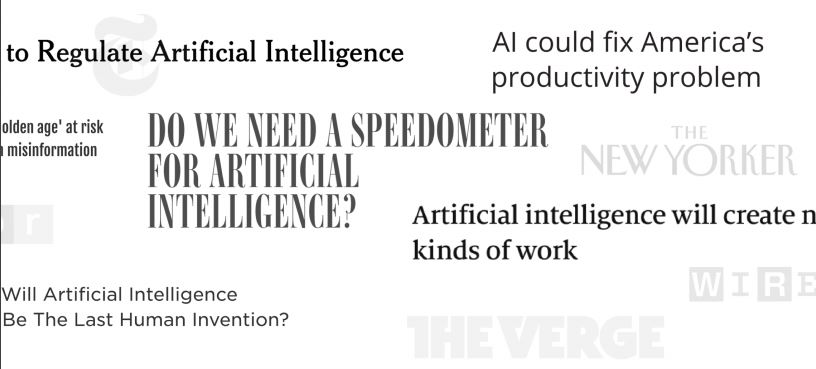
AI and automation have won the war for workplace domination. We need to stop fighting the inevitable and learn to adapt
In 1962, Katherine Johnson, a mere mortal, famously checked the orbital flight calculations made by NASA’s computers manually. Today, we would look upon such a task as foolish, and the job would be entirely computerised.
Human intelligence is increasingly being shifted out of the workplace in the same way that human physical tasks are being taken over by automation. Here is some food for thought:
- The share of jobs requiring AI skills grew by 4 and a half times in the five years from 2013.
- The number of imports internationally of industrial robots has more than doubled since 2000.
- 76% of the tasks done by older workers in China are at risk of automation.
Fear Factor
Our feelings as a society toward AI are also shifting. According to Trendkite research, the percentage of articles referencing AI in a positive way was less than 10% in 2014 but reached almost 30% just three years later. People have become less afraid of, and less resistant to, technology in the workplace.
Fears remain that AI adoption will lead to greater wealth and work gaps. According to Mercer, the role of HR must evolve to match increased automation in the workplace. Human and AI workers will exist together in a labour pool, with HR expected to deploy the best worker for any given job. This will require a nuanced understanding of the power and aptitudes of robots and, perhaps more importantly, their limitations. Deploying human capabilities against the right tasks will become a key skill for HR.
The biggest fear for most workers is not the idea of new technology to work with; it is the fear of being replaced entirely. However, according to Jeetu Patel, Chief Product Officer of technology company Box inc., all is not doom and gloom. Patel said, “AI will replace some jobs, potentially those that are centred around process-oriented repeatable tasks. It will also create new opportunities for people to apply their skills to more value-adding jobs and will ultimately lead to untapped industries. It will take time, and we must have retraining programs to help account for the jobs we will lose. With AI, there are potential new categories of jobs that haven’t existed before.”
Diversity and inclusion
We know from research that more diverse teams make better decisions for business and drive better results. That includes cognitive diversity made up of people’s different problem-solving or information-processing styles. The obvious next step is factoring in how AI-powered solutions will affect a team’s cognitive diversity. The robot’s problem-solving style is known, based on the code it runs and the data set it has been trained on. They are a natural counterweight to the unstructured and variable nature of human decision-making. It is the job of HR to balance these teams effectively.
Leadership and integration
Leaders now need to develop strategies for increased reliance on AI and automation in the future. This means preparing today’s environment and employees to embrace working in tandem with AI solutions. Leaders need to start anticipating different future-of-work scenarios, including areas where human productivity, creativity and intelligence are matched or exceeded by artificial counterparts. Optimising a team will soon mean designing a powerful combination of creative human minds with structured AI minds, applied to different elements of each job.






